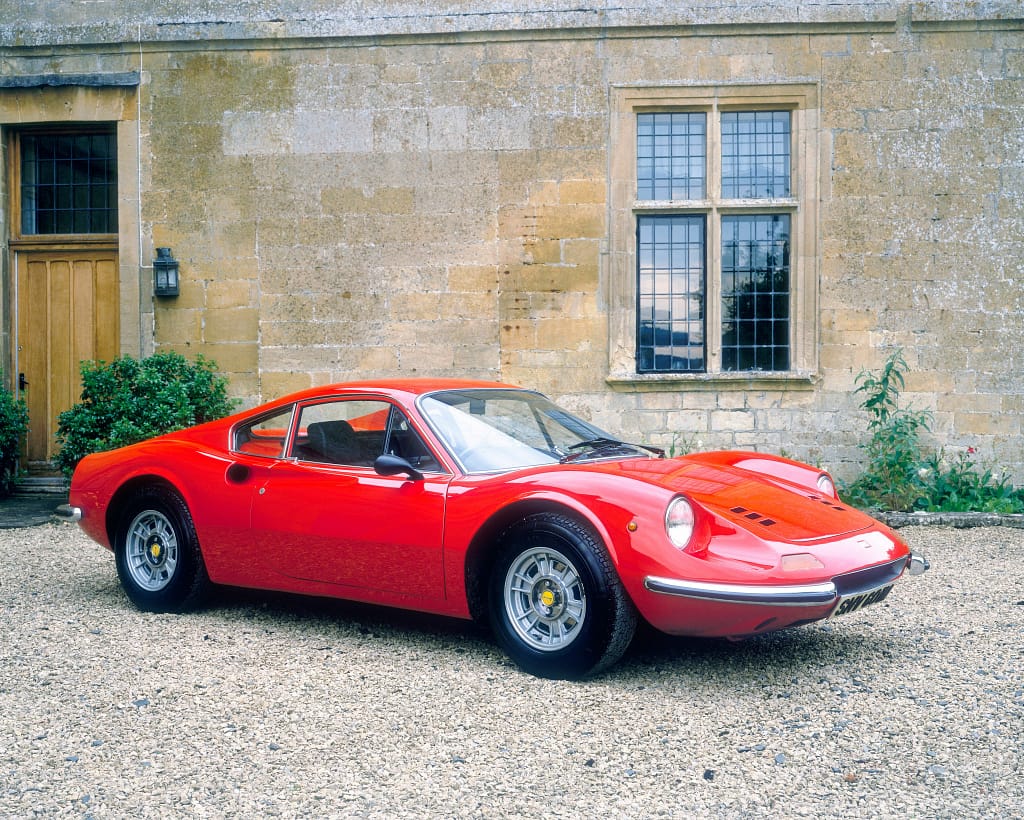In the world of automobile engineering, the legacy of Enzo Ferrari and the V6 engine has become a timeless narrative, woven with both devotion and sorrow. The iconic Ferrari brand, traditionally associated with powerful V12 engines, witnessed a pivotal moment in 1987 when Enzo Ferrari celebrated a historic victory in Formula 1 with a V6 engine, highlighting the profound significance of this engine type in the marque’s storied history.
Table of Contents
V6 Plot and Dino’s Enduring Legacy
The V6 engine’s tale is intricately connected to the life of Enzo Ferrari’s only son, Dino, who, despite battling a degenerative disease, played a pivotal role in designing a V6 engine for Formula 2 and standard cars. Unfortunately, Dino never witnessed his creation in action as he passed away in 1956. To preserve the exclusivity of the Ferrari name, Enzo decided that less expensive cars bearing the V6 engine would not carry the Ferrari brand. In 1966, the Dino 206 GT model was born, paying homage to Dino’s legacy with the V6 engine but without the Ferrari moniker. This narrative became a poignant symbol of Dino’s untimely departure and his lasting impact on the racing world.

Ferrari, Ford, and the Fiat Collaboration
In 1963, Enzo Ferrari was on the verge of selling shares to Ford but ultimately forged a partnership with Fiat in 1969. This collaboration led to the creation of the Fiat Dino V6, sharing the engine of the Dino 206 GT but positioned at a price point between Ferrari and Fiat. Beyond the financial aspects, this association enabled Ferrari to homologate the necessary V6 engines for Formula 2, broadening the reach of the V6 engine and solidifying its influence on a larger scale.
The V6 Engine’s Triumph in Formula 1
The 2.4-liter V6 engine emerged as the cornerstone of Formula 1 engines. Following Enzo Ferrari’s demise in 1988, the V6 engine propelled Ferrari to a triumphant victory in the Italian Grand Prix, serving as a posthumous tribute to the enduring bond between Enzo and Dino. The V6 legacy established by the Ferrari patriarch and his son resonates through the corridors of automotive history, symbolizing their unwavering commitment to the realms of racing and engineering.
As the V6 engine continues to roar on the tracks, its legacy serves as a testament to the enduring spirit of Enzo Ferrari and his beloved son, Dino. From the poignant inception of the Dino 206 GT to the triumphs in Formula 1, the V6 engine remains an indelible mark of the Ferrari legacy. Beyond the realms of horsepower and speed, it stands as a symbol of familial devotion, innovation, and the everlasting pursuit of excellence in the world of motorsports.